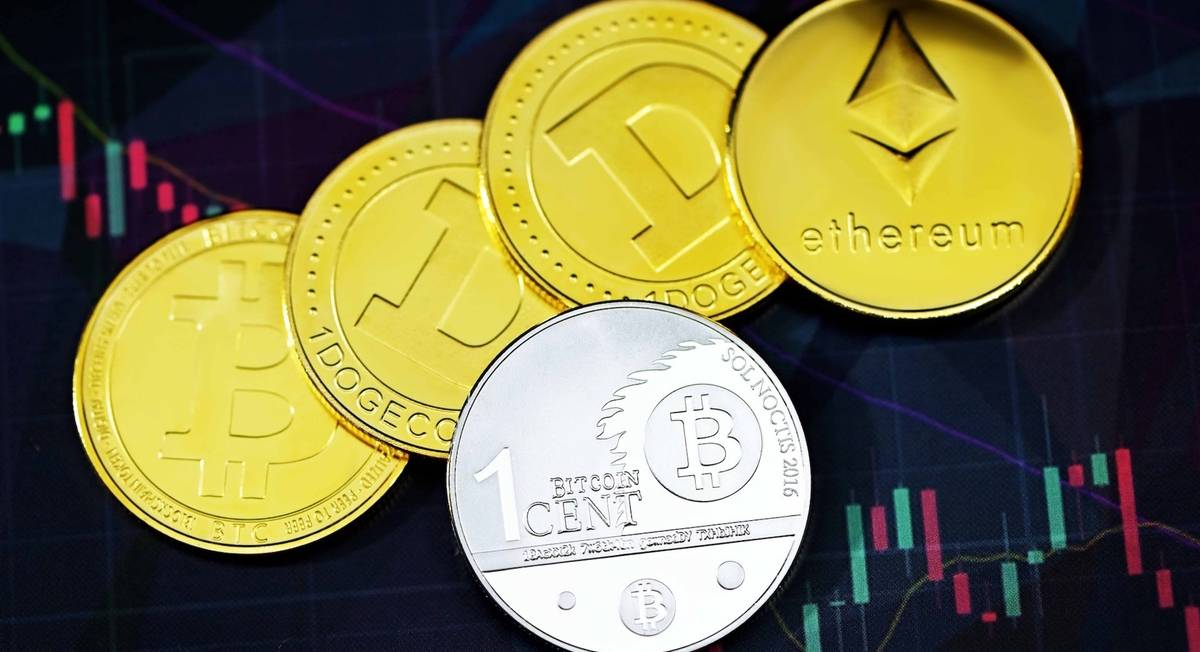See How You Can Avoid Crypto Liquidation
- Posted on March 20, 2023
- Financial Terms
- By PETER AGADA

Crypto liquidation refers to the process where an investor's positions in cryptocurrency are closed out automatically by an exchange when the market price of the cryptocurrency falls below a certain level.
This is done to prevent the investor from losing more than their initial investment. To avoid crypto liquidation, there are a few steps that you can take:
How to Stop Crypto Liquidation
Set Stop-Loss Orders: A stop-loss order is an order to sell a cryptocurrency when it reaches a certain price. Setting stop-loss orders can help you limit your losses if the price of the cryptocurrency drops.
Diversify Your Portfolio: Diversifying your portfolio means investing in different cryptocurrencies. This can help you spread your risk and reduce the chances of being affected by the decline of a single cryptocurrency.
Monitor Your Positions: Keeping a close eye on your positions and the market conditions can help you make informed decisions and take action before a potential liquidation event.
What Is the Liquidation Price in Crypto?
In cryptocurrency trading, the liquidation price is the price at which a trader's position is automatically closed by the exchange to prevent the trader from losing more money than they have in their account.
When a trader takes a leveraged position, they borrow funds from the exchange to increase the size of their trade. The liquidation price is calculated based on the amount of borrowed funds and the amount of margin held in the trader's account.
If the market moves against the trader and the price reaches the liquidation price, the exchange will automatically close the trader's position to prevent them from losing more money than they have in their account.
For example, let's say a trader opens a long position on Bitcoin with 10x leverage, borrowing 9 BTC and putting 1 BTC as collateral. The liquidation price for this position might be set at $45,000. If the price of Bitcoin drops to $45,000 or below, the exchange will automatically close the position to prevent the trader from losing more than their 1 BTC collateral.
It's important for traders to keep an eye on their liquidation price to avoid being forced to close their position at a loss.
What Does Liquidation Mean in Crypto?
In cryptocurrency trading, liquidation refers to the process of closing a trader's position on an exchange because they no longer have enough funds in their account to cover the losses incurred by their open positions.
When traders open a leveraged position, they borrow funds from the exchange to increase the size of their trade. This means that if the market moves against them, they can lose more money than they have in their account. To manage this risk, exchanges set a liquidation price for each leveraged position.
If the market moves against the trader and the price reaches the liquidation price, the exchange will automatically close the trader's position to prevent them from losing more money than they have in their account.
When a trader's position is liquidated, their assets are sold on the exchange to cover the losses incurred by their open positions. If the value of the assets sold is not enough to cover the losses, the trader may still owe money to the exchange.
This is why it's important for traders to closely monitor their open positions and maintain sufficient funds in their accounts to cover any potential losses.
Liquidation is a common risk management tool used by cryptocurrency exchanges to protect both traders and the exchange from losses due to market volatility.
What Are the Types of Liquidation?
There are two different types of liquidation, and the main difference between them is the amount to which your open trading positions are eliminated. They are also relevant to the concepts of compulsory liquidation and voluntary managed liquidation.
Partial Liquidation
Partial liquidation is shutting out a portion of your investment in order to lower your risk exposure. This form of liquidation is typically voluntary, and the trader does it in order to avoid losing his whole trading stake.
Total Liquidation
Total liquidation means selling your whole trade balance in order to cover losses. When a trader fails to fulfill the margin call requirement, he or she is compelled to liquidate. In such cases, the exchange will close out the trader's holdings to pay the losses.
In extreme situations, liquidation may result in a negative balance. Several exchanges cover such losses through various techniques, the most common of which is paying them with insurance money.
Insurance Fund
Several bitcoin exchanges use various techniques to offset losses from bankrupt holdings, one of which includes utilizing insurance money. These funds serve as a type of insurance for exchanges, allowing them to cover losses while allocating sufficient resources to recompense winning traders. In the event of bankruptcy, when the liquidation price exceeds the original margin, the insurance fund will cover the loss, preventing crypto traders from accumulating a negative balance.
Conclusion
In conclusion, knowing more about cryptocurrency and how to operate will do you more good than jumping into the market without any formal knowledge. In this article, the basics on crypto liquidation and how you can avoid it. Do well to read through for quality details.


Be the first to comment!
You must login to comment